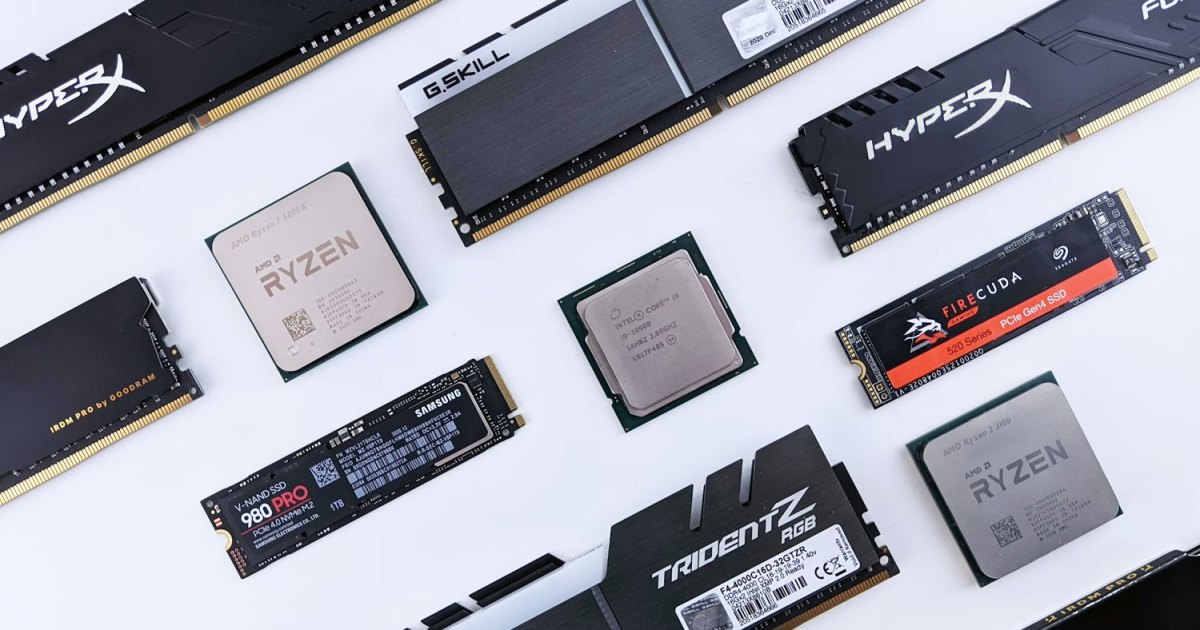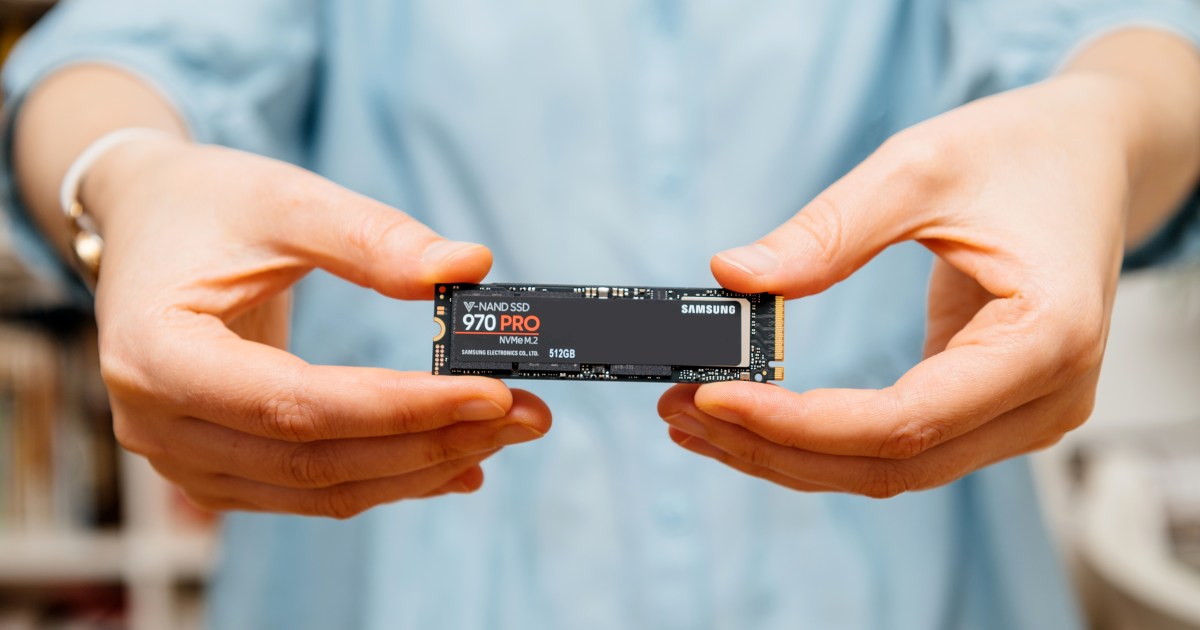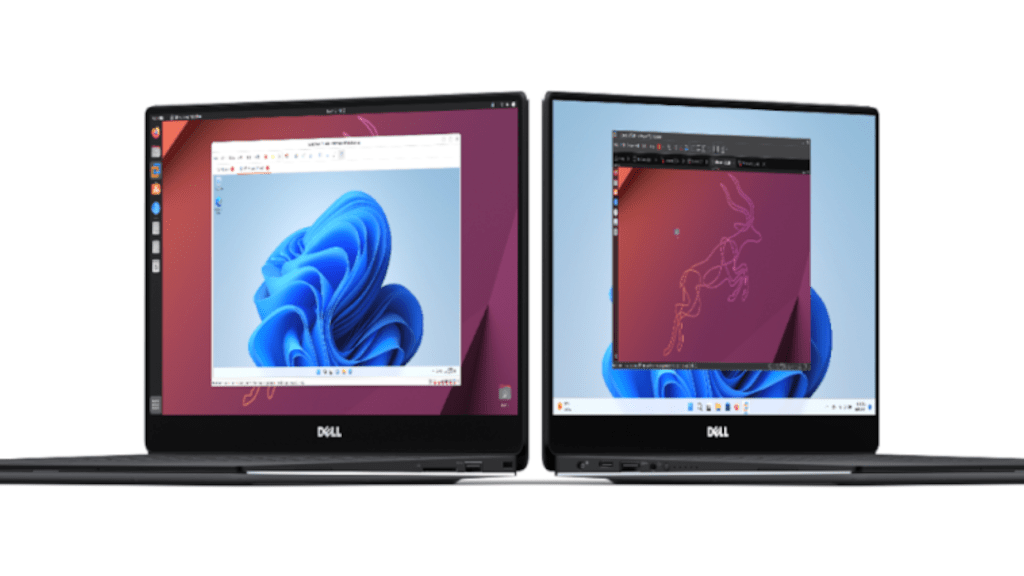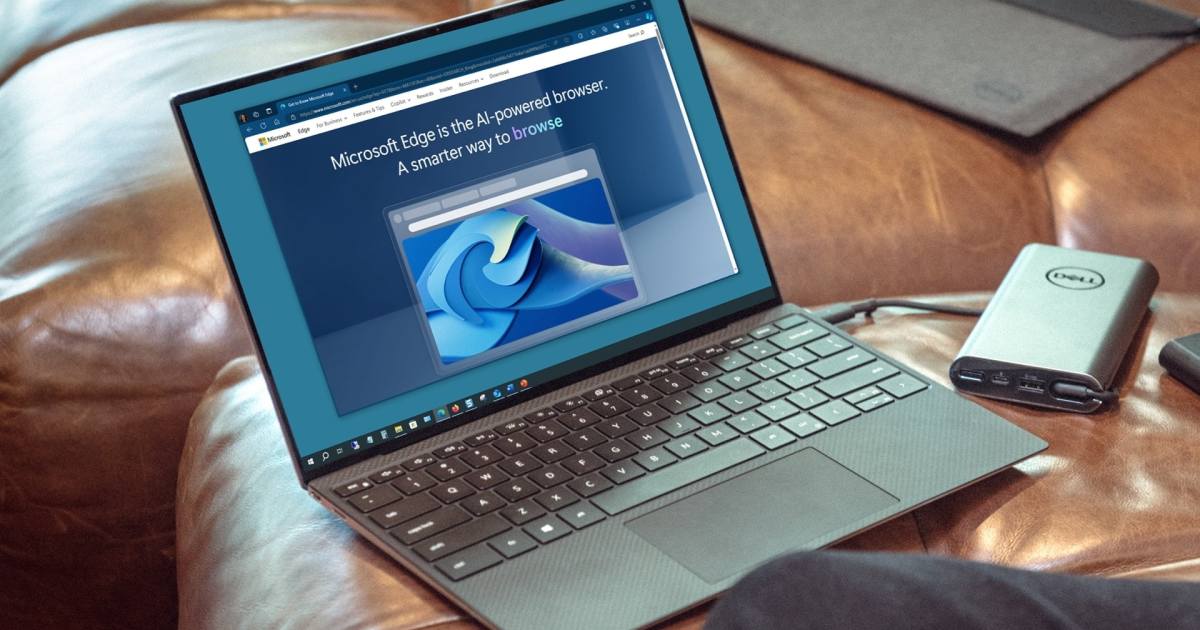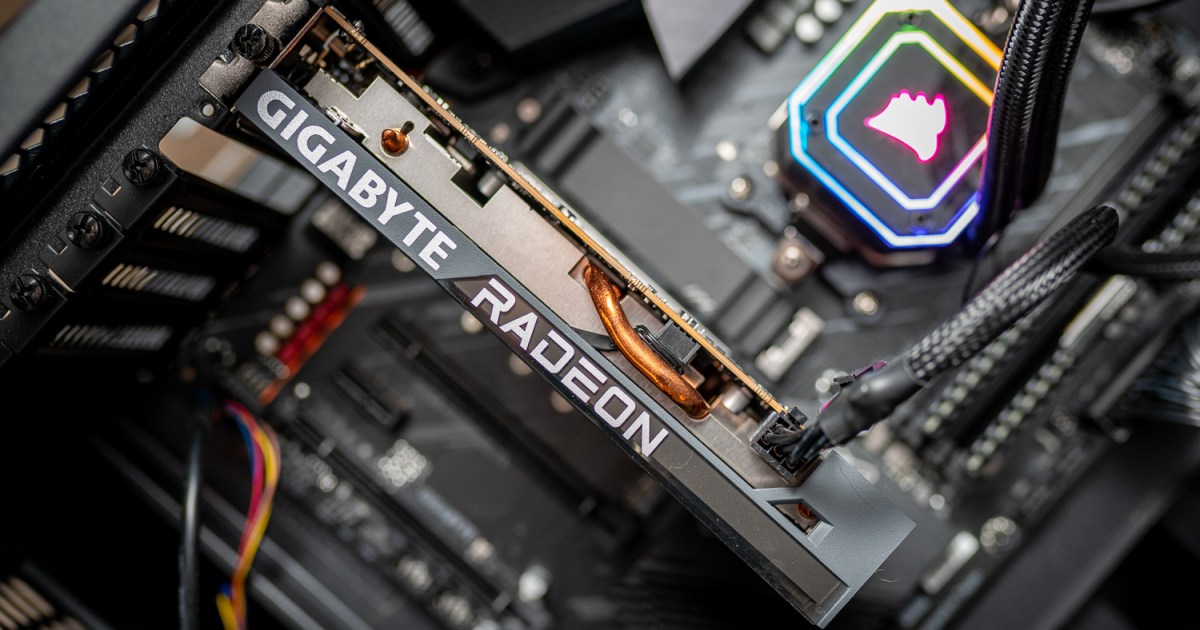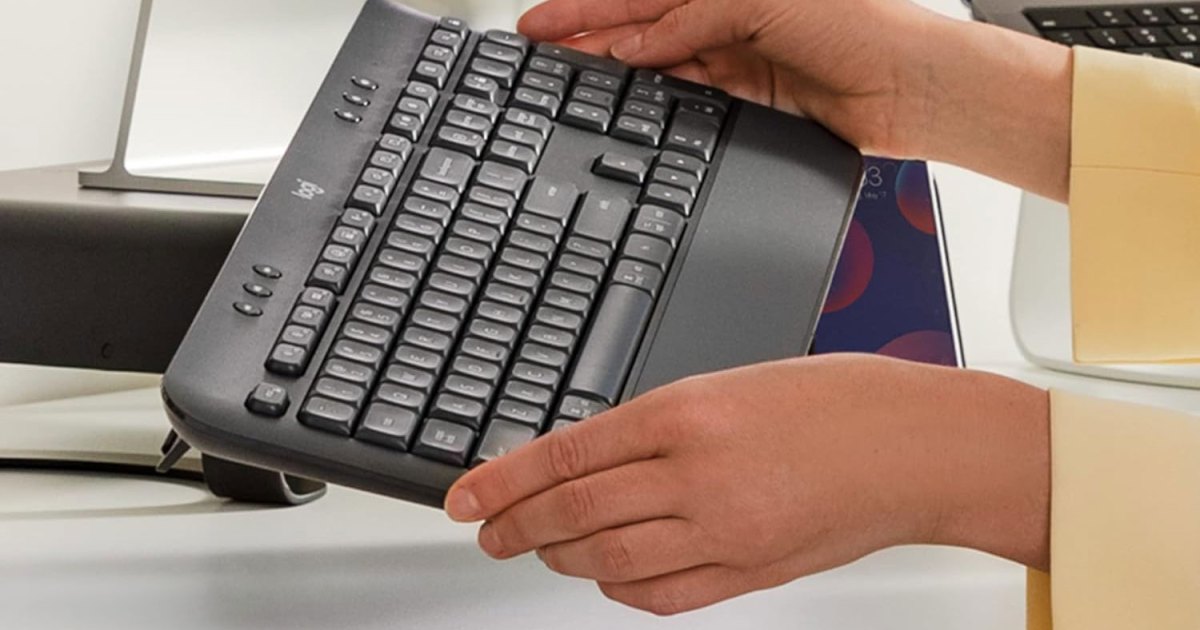SSDs and RAM are crucial components in modern computing devices, from desktops and laptops to tablets and game consoles. While they perform distinct functions, they work in tandem to deliver the speed and responsiveness we expect from our devices. Understanding the difference between these two components is essential for anyone looking to optimize their system’s performance.
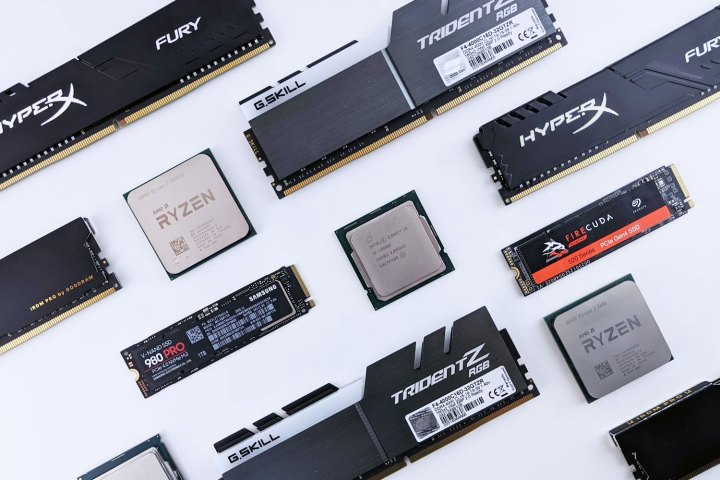 Collection of SSDs, RAM, and CPUs.
Collection of SSDs, RAM, and CPUs.
This article clarifies the roles of SSDs and RAM, highlighting their importance and explaining why knowing their differences is key to a smooth computing experience.
What is an SSD?
A Solid State Drive (SSD) serves as the primary long-term storage in most modern devices. It stores the operating system, applications, games, and all your personal files and data. Essentially, it’s a modern evolution of the traditional hard drive, leveraging newer technologies to achieve significantly higher performance.
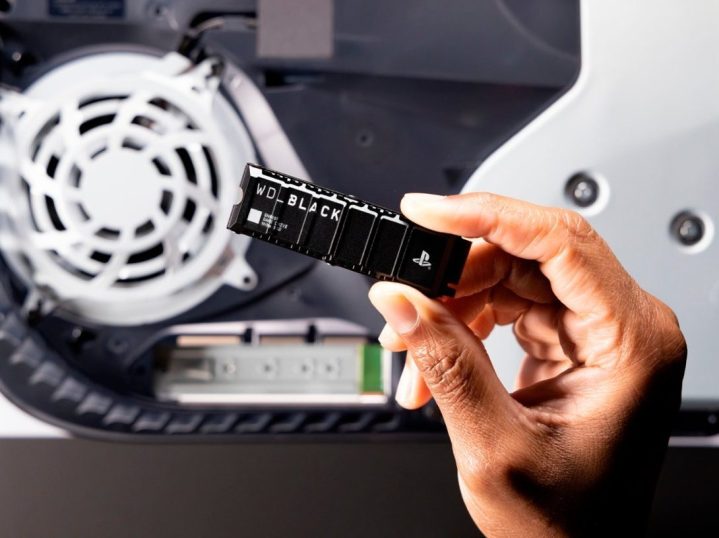 The WD Black SN850P 2TB Internal PS5 SSD before insertion into a ready PS5.
The WD Black SN850P 2TB Internal PS5 SSD before insertion into a ready PS5.
SSDs utilize flash memory, similar to RAM, to store data. However, unlike RAM, which is volatile memory (data is lost when power is off), SSDs are non-volatile, meaning they retain data even when the device is powered down. This non-volatile nature is what makes SSDs suitable for long-term storage.
The parallel access capability of SSDs allows them to outperform traditional hard drives by a significant margin. While older SATA hard drives manage sequential read/write speeds of around 550 MBps, modern NVMe SSDs can reach speeds up to 14,000 MBps. Their faster random access times contribute significantly to the snappy and responsive feel of modern PCs.
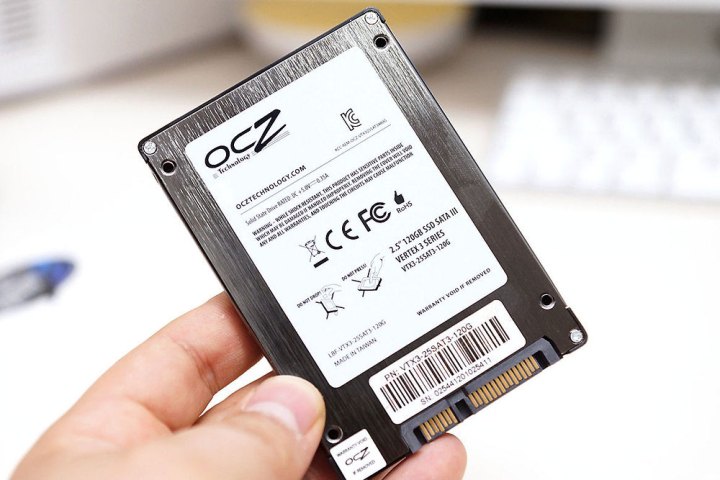 OCZ SATA SSD
OCZ SATA SSD
SSDs connect via SATA or NVMe interfaces. SATA SSDs use SATA power and data cables, while NVMe SSDs utilize the M.2 slot on the motherboard. They are available in various lengths and form factors to accommodate different devices.
What is RAM?
Random Access Memory (RAM), often simply called “memory,” provides temporary storage for data that the CPU and other components need to access quickly. It’s a vital component in virtually every modern device. In some cases, RAM is integrated into the processor or soldered onto the motherboard. In other devices, like many laptops and most desktop PCs, RAM is modular and can be upgraded.
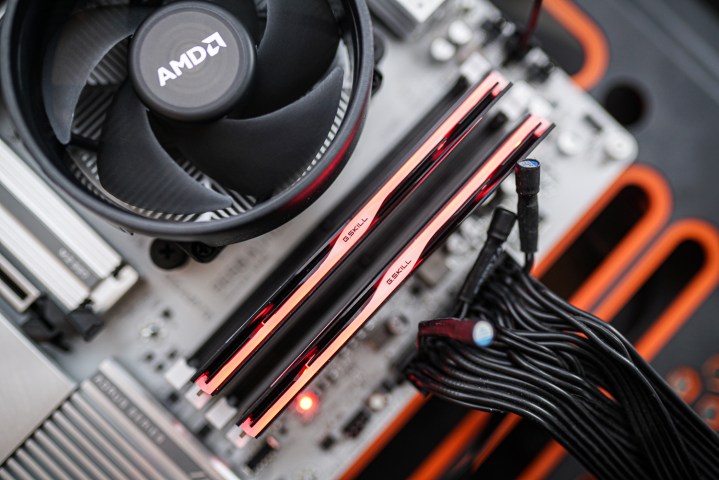 DDR5 memory installed into a motherboard.
DDR5 memory installed into a motherboard.
When a component requires data from a storage drive, the processor transfers that data to RAM for faster access. RAM is considerably faster than even the fastest SSDs, playing a critical role in application responsiveness.
RAM is available in various capacities, speeds, and generations. Different generations of RAM have different power requirements and physical interfaces, ensuring compatibility with specific systems.
Upgrading RAM or SSD: Which is Right for You?
If you’re looking to boost your PC’s performance and are considering upgrading either your memory or storage, here’s how to determine which upgrade would be most beneficial:
If you’re constantly running out of storage space for games, applications, or files, a larger SSD or an additional SSD is the solution. If your system supports multiple SSDs, you can easily install another one.
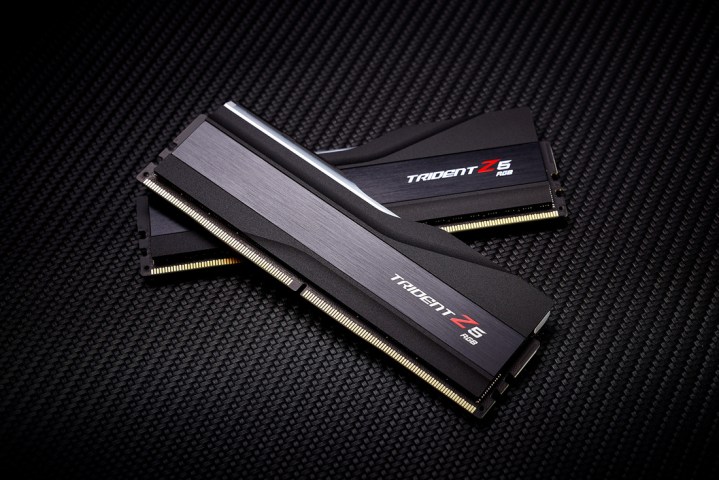 A pair of G.Skill Trident Z5 DDR5 RAM modules.
A pair of G.Skill Trident Z5 DDR5 RAM modules.
If your system feels sluggish when multitasking, opening multiple browser tabs, or running demanding games, then a RAM upgrade is likely what you need. It’s generally recommended to have at least 16GB of RAM, and 32GB or more for demanding tasks. Upgrading RAM is often an affordable and straightforward way to improve system performance.



